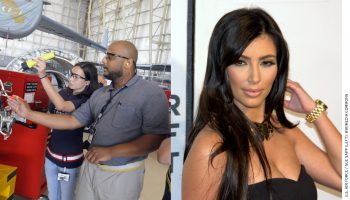
The biggest one was how narrow the main focus is in most schools and just how siloed education is in high schools. Most high schools continue to be focused on teaching kids separate subjects hour by hour in a relatively traditional manner, utilizing a combination of textbooks, lectures, and testing. We know from science and our very own experiences that that's not the easiest method to prepare kids for today's world. They need preparation in a much more dynamic skills, including hard academic skills, but the habits and mindsets they need to be successful and engaged people.
Yes. Actually, the system incentivizes that and really disincentivizes students who want to assert their autonomy, also it does not help students build self-direction. Like a mother and an educator, I attempt to build my child's and all of our kids' capability to have agency and self-direct their learning. That's a cornerstone in our school model. Kids are not just born having the ability to own their own destiny and journey. That requires skills that, just like reading and math, could be developed, and they have a place within our schools.
We begin with a project-based curriculum. Students who stay with us through middle and school participate in about 200 different real-world, authentic learning experiences or projects. They do not start with a \”unit of study,\” and that we don't say, \”You are going to learn about the reasons for The second world war, or a specific type of grammar, or the quadratic formula.\” Instead, we ask a large question that's interesting to them.
It's incredibly important. In most schools, they stack-rank kids by GPA. That means the kids on top are benefiting from those found on the underside, and also the school is benefiting from those found on the top being successful. It's made to produce winners and losers as well as for students to become judged on single, narrow measures. At Summit, we try to acknowledge that every one of our students has hopes, and dreams, and wishes, and strengths, and items to contribute, and places that they have to grow, and they don't all want exactly the same things out of life.
Our kids do eight weeks annually of expeditionary learning where they are able to figure out what their strengths are and check out new things, and rule things out. What we're trying to find is the best fit on their behalf.
Believe it or otherwise, not everybody really wants to go to Harvard. What's better is when students find the best fit that suits who they really are: for economic reasons, geographic reasons, their future aspirations, all of those things. When you think about what each individual wants and enable them to drive toward that outcome, versus just one outcome for any limited number, you can help everyone succeed.
One of the things that we have discovered as we've shared the Summit model in 40 states with the Summit Learning Program, and in conversation with parents across the country, is that parents actually have shifted their definition of success. Will still be vital that you them that their kids have economic stability within their adult lives, but they also would like them to be happy, have good lives, do what they need to do, have good relationships.
Most parents think other parents have a more traditional definition of success that's about status, power, and wealth, so that they are quiet regarding their beliefs because they think they are not shared. The primary reason I wrote it ended up being to help parents realize they're not alone. Actually, the parents who want their children to become happy really are a majority within this country.
As parents, we need to most probably and vocal about this. We're hoping to develop a movement and let the world know that lots of people believe in this break through of success and how we should be preparing kids for future years.




